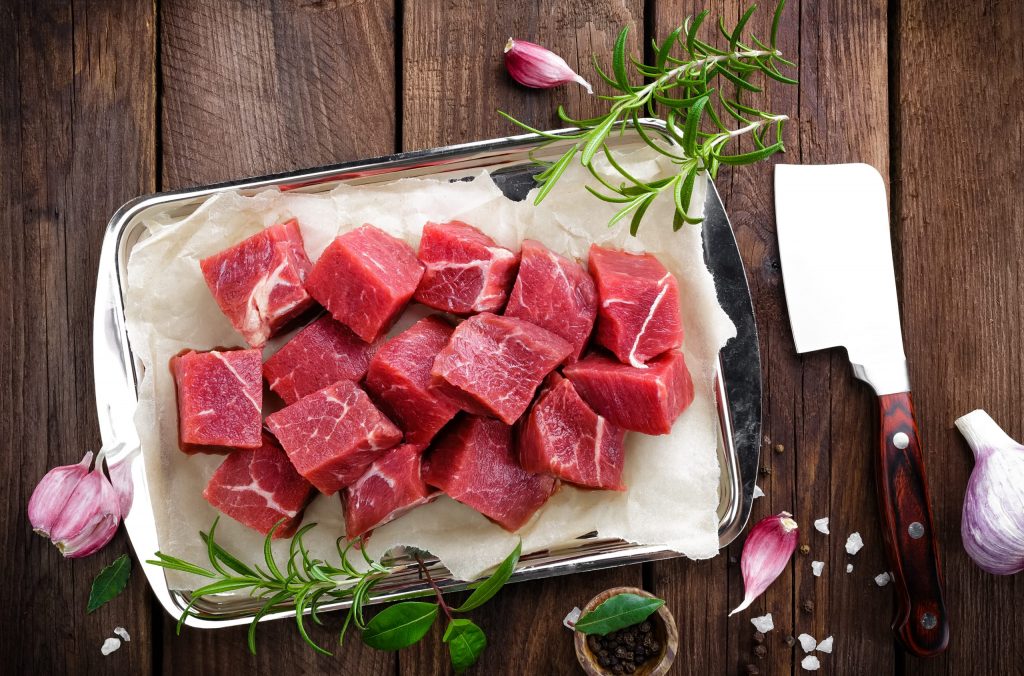The last two years have been difficult for U.S. bison meat sales ranchers due to a perfect storm of challenging conditions, but the long-term outlook remains bright. The bison industry suffered severe financial losses when the COVID-19 pandemic broke out in March 2020, mainly because the closure of restaurants virtually eradicated demand for bison tenderloins, strips, and ribeyes, the meat’s highest-value cuts. Ranchers saw a steep drop in the value of their ready-to-sell livestock.
Table of Contents
Even though the epidemic caused an upsurge in consumers’ willingness to buy directly from ranchers, many producers could not connect with those potential buyers due to bottlenecks in the meat processing sector.

The National bison meat sales Association lobbied the USDA and its allies in the U.S. Senate to include bison in the second wave of coverage under the Coronavirus Food and Agriculture Protection Act, providing some relief to ranchers (CFAP-2). However, COVID wasn’t the only factor that posed severe economic challenges to the bison industry.
Introduction To Advertising
This is an excerpt from AG-Ventures, Commercial Bison Industry from the Alberta Department of Agriculture, Food, and Rural Development. The 1997 publication date ensures that the bison industry is accurately represented.
- Identifying the many markets for bison meat sales products is a critical marketing issue for bison producers.
- selecting items to manufacture and sell; deciding where and how to sell those products; (s)
- Keeping abreast of industry changes that affect bison product demand is crucial to delivering a high-quality product to your customers.
Bison are sold primarily for three purposes: breeding stock, feeder animals, and slaughter animals. Fresh bison meat, processed meat products, heads, hides, and skulls are all popular bison goods that can be sold in the market.

High demand has arisen for heifer calves, bred heifers, and bred cows due to the rapid growth in commercial bison production. The majority of the available females are thus being put to use in expanding breeding herds.
Unfortunately, bison meat sales genetic selection has received scant scholarly attention. When purchasing breeding stock, most purchasers will prioritize the following characteristics:
- age \sconformation
- Overall calving success rate, health, and fitness level. Cows from herds where the calving rate is between 90 and 95 percent are recommended for purchase.
- Currently, there is a shortage of bison because demand exceeds supply. However, the future equilibrium between supply and demand for bison meat sales meat is still being determined as the supply grows.
- The following markets for bison bulls will be affected by the demand for fresh bison meat sales and processed meat products.
Processing plants buy bulls for slaughter when they weigh 1,050 to 1,100 pounds at fewer than 24 months from finishing feedlots. Backgrounding operations buy young bulls at a weaning weight of around 450 pounds and rear them on the grass to 850 pounds. Older animals tend to have rougher, more gristly flesh.
Bison is an animal that produces lean, dark red meat that has a beef-like flavor. Consumers looking for a cleaner, healthier alternative to beef or pig often choose bison because of its lower fat, cholesterol, and calorie content. Bison is a naturally occurring meat with shorter muscle fibers (denser) than beef.
bison meat sales is more expensive than beef and pork because of their perceived health benefits and the demand from consumers who prefer products with a more organic appearance.

The following preparations are common for bison meat sales on the market:
- Distributors and merchants can purchase carcasses. The manufacturer can get more products to market faster thanks to the convenience of selling carcasses.
- Round, sirloin, short loin, rib, plate, flank, chuck, and shanks are the primal cuts that result from dissecting a carcass.
- Meat is sold in primal cuts to restaurants and grocery stores, separating the meat into the various cuts their clients request.
- Steaks, roasts, and burgers can be sliced to order so they can be sold to consumers in their respective regions.
Growing a local client base and selling bison (in individual cuts) to them is one route; selling primal cuts to specialist butchers, restaurants, and custom orders is another, and selling whole carcasses to distributors and brokers.
Conclusion
As demand for bison meat rises, so does the size of the national herd. The low-fat level of grass-fed bison appeals to affluent shoppers, who purchase it at farmer’s markets and Whole Foods.
Bison raised by Ken Childs on his Star B Buffalo Ranch east of San Diego for the past 37 years fetch a retail price of between $12 and $14 per pound, according to Childs. Bison fillet steaks are some of the most excellent steaks you can eat. It fetches up to $35 per pound in stores.





